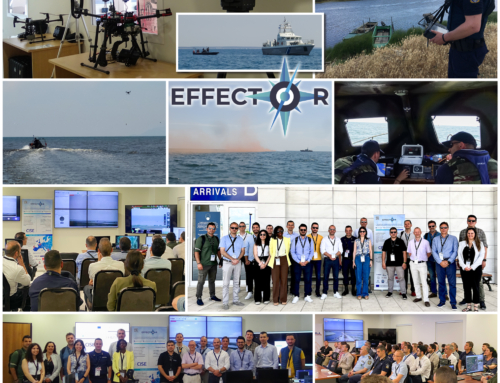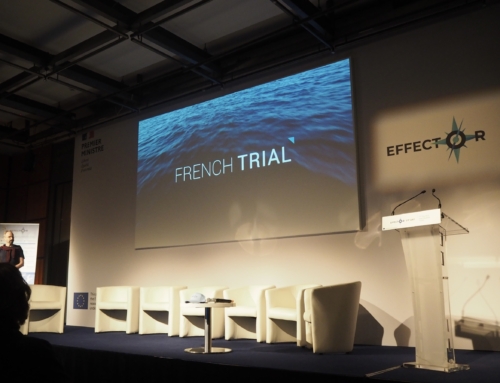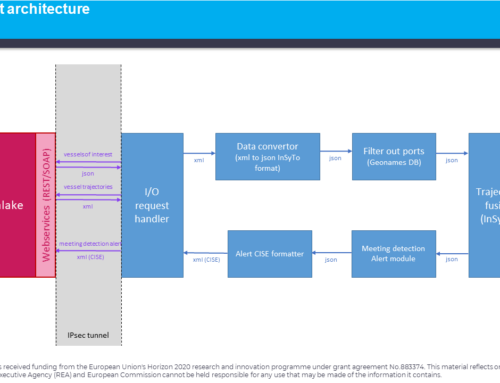Author: NAVAL Group
The overall Concept of Operation of the EFFECTOR system and the functional and non-functional high-level specifications can be defined as functionalities, operational mode and interconnections of the system. For better understanding of this concept, we need to look inside the work package 3 which contains:
- The Overall Design;
- The Architecture; and
- The Interoperability Framework.
Zoom on the EFFECTOR system design and specifications
The overall system design includes all its core and subcomponents such as the Data Lake(s), the Semantic Layer and Ontologies, the data adaptation and interoperability components, the data fusion, mission and reporting modules.
A dedicated task in EFFECTOR, formulates the Concept of Operation, System Design and Specifications. It describes the overall concept of Operation, system and subsystem design, functional and non-functional specifications and the overall system architecture including deployment and configuration procedures per trial. It establishes the architecture, data and tools of the system, including:
- The Technical Specifications which have been developed from the user requirements (as defined in WP2)
- A general diagram of the system architecture, with an explanation of the important concepts of the EFFECTOR project: data Lake / Ontology.
- An explanation of each of the components of the system architecture,
- The focus on the specificities of the 3 system architectures (GR/FR/PT)
- The Sequence diagrams in order to highlight the “Use Cases”.
The EFFECTOR system Architecture: key point
The EFFECTOR System Architecture is based on a distributed system that will offer scalability, availability and security capabilities, as required according to the end-users. The core of the system will be designed in a flexible and modular framework so that implementation of new functionalities is easy and cost-effective.
The Overall System Architecture defines deployment specifications per trial taking into consideration the integration of different kind of adaptors with external data sources, communication network integration and environmental constraints.
The part of the EFFECTOR System that will be implemented on each country (FR/GR/PT) is mainly consisted of six modules that will be developed along the different work packages of the project:
- The CISE Adapter which will adapt/transpose different data models / services from and to CISE model.
- The Input and Output layer which is strongly linked to all EFFECTOR system modules, and which aims to harmonize the data incoming, ingest and also export the data inside and outside the system (to the CISE Network and possibly EUROSUR), and finally to be able of routing the data inside the system.
- The Data Lake itself that stores the data efficiently for the different kind of usages.
- The Analytics and Ontology that are supplied directly by the Data Lake and works on data.
- The Data Management layer that provides security and rules inside the EFFECTOR system and data Lake storage and accessibility.
Interoperability Framework: a collaborative work
In the frame of the EFFECTOR project, Interoperability Framework takes into account the Operational Analysis, User Requirements and Technical Specifications where all partners are involved to contribute to the systems and services under their responsibility. While WP3 is under the responsibility of Naval Group (official leader), the produced result is a collaborative work made together with all project partners. Each participant brings a distinct added value to the EFFECTOR project. The long experience of EFFECTOR project partners on Border Surveillance and related applications as well as in the countries hosting the trials is needed.
At this stage, the EFFECTOR overall design, the system architecture and the technical specifications including general architectures and the specific system architectures for each trial are currently defined. Started from the user requirements we have adapted our system in line with them.







